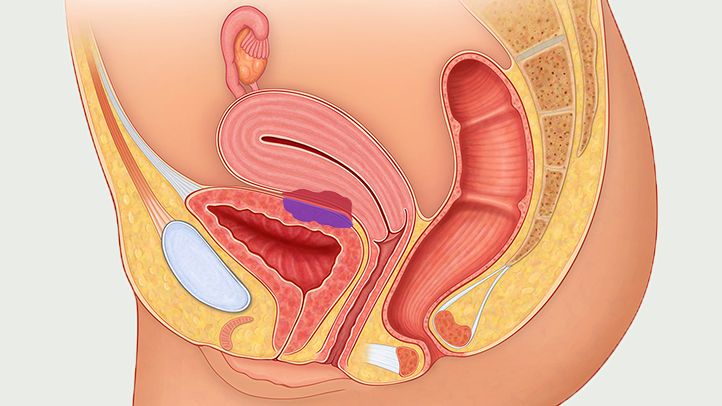
Endometriosis, also known as a condition of the uterus that grows inside the uterus, has been scientifically defined for several years
However, the exact cause of this condition has not yet been clarified. Endometrial cancer has been identified as a possible cause. However, this is not very common. Endometrial cancer is most often diagnosed in women aged 40 and younger. However, it can also affect any pregnant woman.
There are various ways to diagnose endometrial cancer. One of these ways is to conduct a gynecological examination. This exam will show you if you have endometrial cancer or not. Another method involves laparoscopy or X-ray examination. If you have endometrial cancer, such a test will definitely help determine if you have the disease or not.
Other methods include ultrasound or abdominal exam, which includes pelvic exam to rule out ovarian cancer. When the pelvic exam confirms that you have endometrial cancer, the next step is to check for malignant tumors. Tumors that grow on the uterus are called adenomas. Some of them are small and disappear on their own. Others, however, are large and may require surgery to remove them.
If you have endometrial cancer, you may also be referred for a surgical procedure to remove the tumor. Some of the surgical procedures that may be required to remove the tumor include hysterectomy, laparoscopy, or radiation therapy.
Endometriosis can occur in other areas as well. Symptoms include pain with urination and intercourse. Sometimes the pain can be so severe that the woman cannot have a bowel movement. This pain can also be present at night. However, the pain is not felt during the day, but only at night.
The treatment options for endometriosis depend on the location of the endometriomas. For example, if it is located in the womb, then you should undergo surgery in order to remove the endometrial tumor and to reduce the symptoms. in order to avoid complications.
The term Endometrial fibroid refers to endometrial tissue which grows on the uterine lining and causes the condition known as Endometrial Fibroids. This condition can be diagnosed when an ultrasound is performed on a woman with endometrial fibroids. However, if the fibroids are small, the symptoms can be relieved by regular treatment. These women can also choose to undergo hormonal treatments to shrink the tumors.
There are several hormonal pills and oestrogen creams available in the market which help relieve the symptoms of endometrioid. However, you should talk to your doctor before taking any hormonal pills or oestrogen creams in order to make sure that they do not cause any side effects.
There are also surgical procedures which are known as HRT and which can be used to treat endometriosis. However, this type of surgery requires repeated surgeries and thus, you should discuss with your doctor about the cost, possible complications, and the risks of this type of surgery before taking hormone replacement therapy. In order to minimize the risk of this surgery, you should start eating a healthy diet, which is rich in iron, vitamin C, and calcium.
The surgery for endometriosis can either be a laparoscopy or an endometrial ablation. depending on the size and the complexity of the tumor. Laparoscopy is performed under general anesthesia, while endometrial ablation is performed under local anesthesia. Though laparoscopy has a shorter recovery period, it is usually more effective than an endometrial ablation.
Surgery for endometriosis is usually performed on the same site that the disease started from. You may also opt to have surgery on the ovaries and fallopian tubes.
When you are diagnosed with endometriosis, you may also be advised by your doctor to take birth control pills in order to control the symptoms of endometriosis. If you do not want to take birth control pills, you should undergo a natural treatment to prevent the recurrence of this condition.